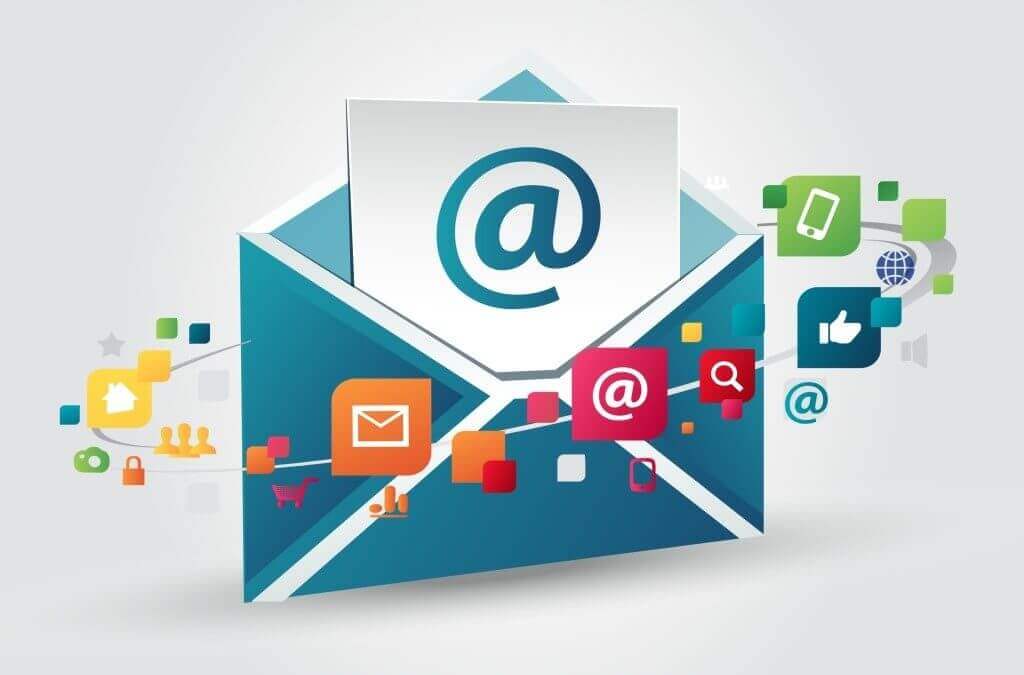
A/B tests drive growth – if you do it right. Qubit found that poorly conducted A/B tests can hurt revenue because the wrong changes were made. If you’re not A/B testing your emails, you’re not putting your best foot forward. So, keep reading to learn some A/B testing best practices.
What is A/B testing?
A/B testing, also known as split testing, is not as complicated as it sounds.
You’re changing a single element of your email (version A) and testing it against another version of the same element in the same email (version B). A subset of your test group gets version A and a different subset gets version B. The best-performing version is your new email and will be deployed to the remainder of your list.
Benefits of A/B Testing
It’s cheap. You can test as many times as you want, whenever you want. And we encourage you to never stop testing.
It’s easy. As long as you do it correctly (and we’ll show you how below), the execution and evaluation processes are simple and accurate.
It’s honest. You’re using your own database of real customers, so you’ll get the best gauge of how your market will react.
A/B Testing Best Practices
1. What can you A/B test? You can test just about any variable, but here are some big ones for email:
- Call to action (Example: “Book Now” vs. “Book My Room”)
- Subject line (Example: “Here’s 15% off your next stay” vs. “Want 15% off your next stay?”)
- Personalization (Example: “Mrs. Smith” vs. “Amy”)
- Images (Example: destination vs. people)
- The specific offer (Example: “Save 20%” vs. “Book 2 nights, get 3rd free”)
- Design (Example: colors, fonts, font sizes, bullet points vs. paragraphs, etc.)
2. Set up a control and variation. The purpose of A/B testing is to see if a variable change will improve email click and conversion rates. You should test the control (the original email) against a variation (the email you’ll test against your control).
3. Only test one variable at a time. One of the most important rules is to only change one element at a time. For example, you don’t want to test a new subject line and a new CTA at the same time. If your conversion rate spikes, you won’t know which new element influenced that change.




